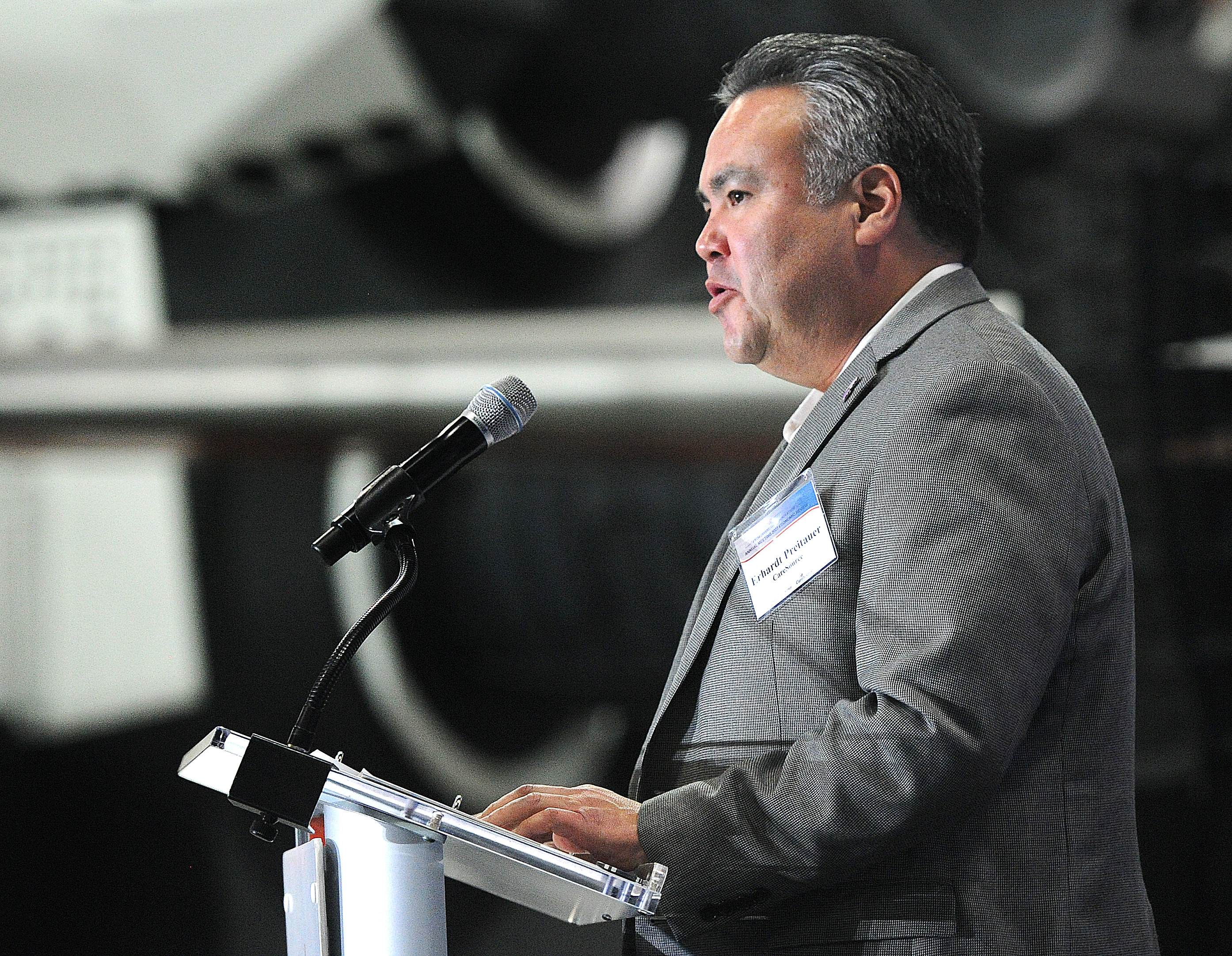Without government grants, roughly 72% of Ohio nonprofits would be at risk of operating at a loss, according to an analysis by the Urban Institute.
Ohio nonprofits receive an estimated $8 billion in government grants, with nonprofits in Hamilton, Cuyahoga and Franklin counties receiving the most government funding, according to the Urban Institute.
DAYTON DAILY NEWS INVESTIGATES
Executive compensation at area nonprofits

Federal law requires transparency of nonprofits in exchange for getting tax breaks, donations from the public and often considerable government funding. For many, that includes listing on publicly accessible tax forms how much they pay their top executives.
A monthslong investigation by the Dayton Daily News looked into how area nonprofits compensate their top-paid executives as they face revenue challenges and financial headwinds.
- » Nonprofits facing revenue losses say executive pay raises necessary
- » From Wittenberg to Wilberforce to welding institute, area private school leaders’ pay rose as revenues declined
- » CareSource CEO paid $12M as nonprofit revenue dropped $1B
- » Government funding cuts put most Ohio nonprofits at risk
- » Search: How much area’s largest nonprofits pay their top-paid employees
- » How and why we investigated area nonprofit CEO pay
The Urban Institute found that most nonprofits that receive government grants “don’t have a large enough operating surplus to weather the removal of these funds.
“A prolonged pause or loss of government funding to nonprofits could lead to major disruptions, including a reduction in essential programs and services and fewer nonprofit jobs,” according to the Urban Institute.
“We’ve been hearing some nonprofits have had funding cut already,” said Jenny Warner, executive director of the Miami Valley Nonprofit Collaborative, which provides training and education for area nonprofits.
The federal government this month issued a stop order on the Combined Federal Campaign, which allows federal employees, military personnel and others to donate to vetted nonprofits. The campaign is operated through the Office of Personnel Management.
Cuts felt locally
Cuts to nonprofits can become cuts to a community.
“The challenge for these organizations is cutting their funding does not cut the human need that exists in the communities,” said Rick Cohen, chief operating officer for the National Council of Nonprofits.
There’s no way individual contributions or foundation grants can fill in the gap of what the government had been paying, Cohen said.
Government grants aren’t charity to the nonprofits, he said.
“Nonprofits are being paid to deliver specific services in their community, just like any for-profit contractor of the government,” Cohen said.
Right after the COVID-19 pandemic, nonprofits received big bumps of government support, but that money quickly went out the door, said Melonya Cook, director of the Master of Arts in Social Work program and a lecturer of social work at Wright State University.
“I haven’t heard the numbers from Montgomery County, but in Cuyahoga County, they’re saying up to 84% of their nonprofits have total dependence on federal funds,” she said.
Funding that some organizations had expected to receive after already going through the application and awards process is also at risk.
“I have a friend that works for a very large nonprofit that is a health nonprofit, and they had expected their first payment for a few million dollars-worth of a grant award, and it hadn’t come,” Cook said.
Her friend emailed the agency, and she got a reply message that was bounced back that said that office was closed and all funds from that office had been rescinded, Cook said.
“They didn’t even call her and tell her you’re not getting the money,” Cook said.
Private donors can be hard to get, she said, and that can also be an unstable source of regular funding. Nonprofits then rely on fundraising events to help support their operations and create a steady revenue stream.
‘The public’s trust’
For donors deciding where to donate, Cohen recommends they reach out to the organization they are considering donating to if they have any questions or concerns.
“We operate based on the public’s trust,” Cohen said.
The public should have information about where the organization has granted funds and/or what kinds of outcomes their services are having if the nonprofit is providing direct services to individuals.
Nonprofits are the third largest workforce in the country, he said.
Nonprofits employ about 12.8 million people, according to George Mason University’s 2024 Nonprofit Employment Data Project
“It really is a very good thing that we provide all of this information because we want people to know and we want people to be invested in that impact that we’re making every day,” Cohen said.
For nonprofits struggling over finances, the Miami Valley Nonprofit Collaborative provides training on budgeting and diversifying funding sources.
“That’s always going to be an area that nonprofits are telling us they need more support in,” Warner said about fundraising and financials. “It is important to diversify your supporters so you’re not relying on a single grant.”


